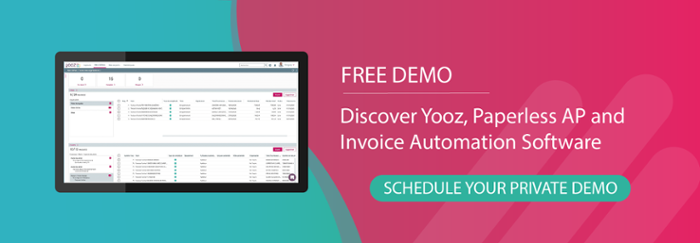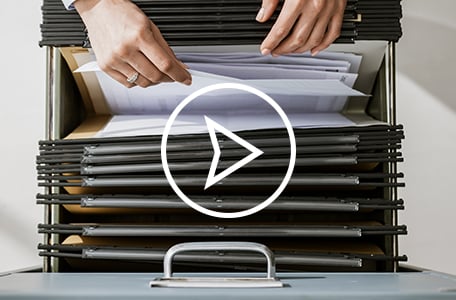Making Tax Digital (MTD) is the UK government’s initiative towards becoming one of the most digitally advanced tax administrations in the world. Its purpose is twofold: to simplify tax accounting for business and individuals which, in extension, will help close the UK’s tax gap. This initiative started in 2019 with VAT-registered businesses.
The following frequently asked questions – and answers – are a great starting point to learn more about what is Making Tax Digital.
What is the purpose of Making Tax Digital?
The goal of MTD is to make tax administration more efficient, effective, and easier for the taxpayer. In addition, by reducing the risk and error associated with manual-based processing, the government hopes to reduce the UK tax gap associated with taxpayer error and genuine mistakes.
What is Making Tax Digital for VAT?
The Value-Added Tax (VAT) is the world’s most common form of consumption tax. It is a tax on the purchase of goods or services, designed to tax individuals when they spend money rather than when they earn it.
MTD for VAT is the first tax included on Making Tax Digital, with additional taxes to be rolled out in the future. It will require you to use MTD-compatible third-party software to submit VAT returns to Her Majesty’s Revenue & Customs (HMRC) in addition to keeping and maintaining digital VAT accounting records.
How will Making Tax Digital benefit my business?
Change is often intimidating, especially when it involves new technology. However, it is also an opportunity for improvement. Digital accounting has proven to offer many benefits including streamlined processes, improved accuracy, and the centralized data to make better strategic decisions.
Digital accounting and record keeping can also significantly reduce costs ranging from penalties for mistakes or late payments to paper supply and storage space. Since UK legislation requires companies to keep their invoices archived for 6 years, this can be a substantial savings.
Is Making Tax Digital for VAT required?
MTD for VAT became a legal requirement for all VAT-registered businesses as of April 1, 2022. VAT-registered businesses with a taxable turnover must keep digital records and use software to submit their VAT returns.
Is anybody except from the Making Tax Digital for VAT regulations?
If you can’t use computers, software, or the internet, you (or your accountant) can contact HMRC and request a digital exemption for your business. Examples include:
- Age or disability
- Religious basis for not using computers
- Remote location (internet inaccessible)
A business that is subject to any insolvency procedure is also exempt from MTD for VAT (but you will still need to contact HMRC).
All other VAT-registered business are required to follow the MTD rules.
If I’m exempt, do I still need to file my VAT return?
You (or your accountant) should contact HMRC to discuss the option of filing a paper VAT return.
What do I need to do so that I’m for sure compliant with Making Tax Digital for VAT regulations?
MTD for VAT requires that businesses submit their VAT returns using HMRC-approved software and keep digital accounting records to remain compliant.
Will I be automatically signed up with HMRC?
No, you will not be automatically signed up to MTD. This is because HMRC will need to verify your information and migrate your records to the MTD system. However, before you sign up you will need to have either MTD compatible software or bridging software already in place. You can also use an accountant with the compatible software. This is because once you sign up, you will only be able to submit VAT returns using software.
What is Making Tax Digital compatible software?
MTD-compatible software is accounting software that can integrate with the HMRC systems. It must be able to:
- Keep digital VAT records
- Create a VAT return from the digital records
- Send and receive information from HMRC
However, businesses who use spreadsheets, limited technology, or other in-house record keeping system can opt to use spreadsheet bridging software. This is software that can extract the contents of a spreadsheet and communicate it to the HMRC system.
You can visit the government website here to search for government approved compatible software.
If I’m already submitting my VAT returns via software or online, am I Making Tax Digital compliant?
No. You will need to specifically sign up for MTD with HMRC. If you are using compatible software, you will have to authorize that software to work with the HMRC system. You must also use software for your VAT accounting and digital records.
What if I don’t file my own taxes?
Either you or your accountant can file the VAT return. If your accountant is filing on your behalf using their HMRC Agent Services Account, they will need to register on your behalf with HMRC.
What is the current Making Tax Digital timetable for after MTD for VAT?
MTD for Income Tax will be introduced in April 2024. This will be the Income Tax Self-Assessment and will apply to all businesses and landlords with business or property turnover threshold above £10,000. This will then be followed by the MTD for Corporation Tax, expected to be introduced no earlier than April 2026.
Is there any proof that Making Tax Digital for VAT is having any real benefits?
An independent study by IFF Research for HMRC highlighted positive impacts from the required changes.[1] These included:
- Almost seven in ten (69%) businesses have experienced at least one benefit from Making Tax Digital.
- The most common benefits reported were that Making Tax Digital made preparing and submitting VAT returns faster (55%), and that it made businesses feel more confident they are getting tax right (53%).
- Two-thirds (67%) of businesses also noted at least one way they thought Making Tax Digital had reduced the potential for mistakes. The most commonly reported ways were in the process of making the return (61%), calculating the amount owed (48%), and checking for errors in the calculation (46%).
- For those businesses that have experienced a reduction in the time spent on their tax returns, time savings have been found in inputting financial data (67%), checking for errors (67%), and calculating the amount of tax owed (65%).








